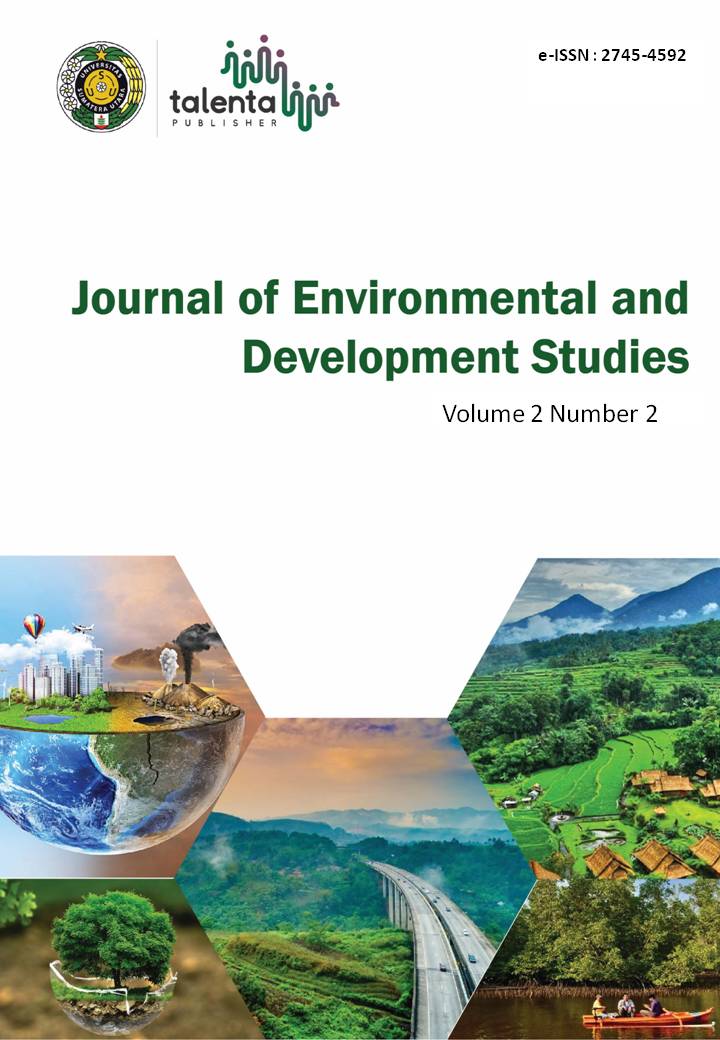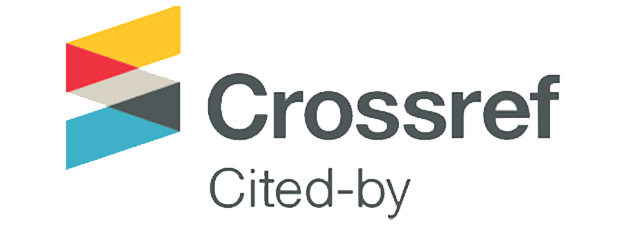Analysis Of Bioenergy From Corncob Waste To Increase People's Economic Condition In Tantom Angkola Subdristrict Tapanuli Selatan Regency
DOI:
https://doi.org/10.32734/jeds.v2i2.6614Keywords:
bioenergy, corncob waste, people’s economic condition, regional developmentAbstract
The increase production of corn (Zea Mays L.) causes the amount of corncob waste to be abundant in Tantom Angkola Subdistrict. The requires an analysis of the potential utilization of corncob waste as a bioenergy raw material This study aims to analyze the use of bioenergy from corncobs waste to improve the economy of the community in Tantom Angkola Subdistrict, Tapanuli Selatan Regency. This research was conducted from April to June 2021. This research is a quantitative study. Based on the results of the study, the average corn production was 9.192.22 tons/year with the potential for corn cobs waste reaching 130.95 tons/year. Utilization of corncobs waste by using technology can produce briquette, gas and bioethanol. Prospects of developing a bioenergy technology that is feasible to run as a business are briquettes and bioethanol.
Downloads
Downloads
Published
Issue
Section
License
Copyright (c) 2021 Journal of Environmental and Development Studies

This work is licensed under a Creative Commons Attribution-ShareAlike 4.0 International License.














